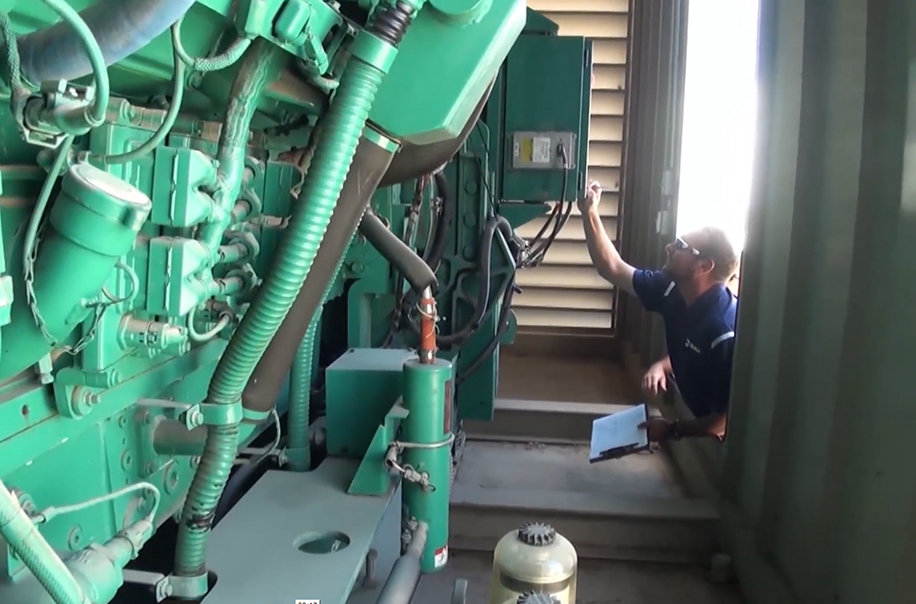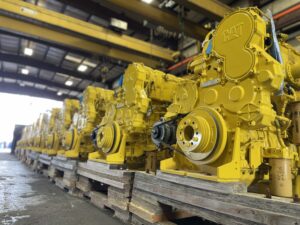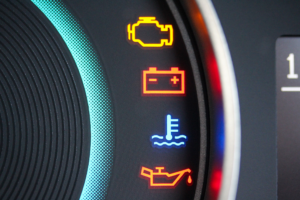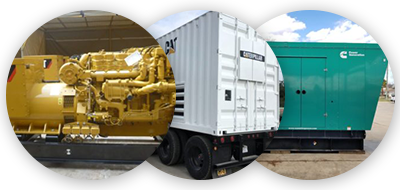
When inclement weather threatens a power outage, do you feel secure knowing your backup generator will function properly, or do you nervously hope the old beast will start? Gain confidence in your standby generator’s performance by implementing a regular maintenance plan.
A standby generator is a wise investment for any business, and its reliability and longevity depend on consistent preventative maintenance. Routine maintenance practices encompass weekly, monthly, biannual, and annual inspections, with prompt resolution of any issues discovered.
Careful planning, execution, and documentation of your backup generator’s maintenance plan ensure it’s primed to provide power when needed. Here, we provide maintenance tips and outline standard maintenance tasks at suggested intervals.
Recommended Service Intervals for Preventative Maintenance
Adhering to a consistent maintenance plan is vital to the life and efficiency of your standby generator. Your Original Equipment Manufacturer’s (OEM) maintenance procedure, which includes a maintenance schedule and detailed tasks specific to each model, serves as the best resource for backup generator maintenance. Typically, recommended maintenance schedules encompass in-depth inspections of critical components and timelines for part replacements.
An effective maintenance schedule consists of the following:
Weekly:
- Start and run the generator with no load.
- Inspect for fluid leaks and warning lights around the unit.
- Confirm the fuel tank is full with the appropriate fuel.
- Ensure the circuit breaker is securely closed.
- Verify the generator is ready for automatic startup.
- Address any warning indicators and repair or replace any problematic parts.
Monthly:
- Check the battery for proper charges and signs of corrosion.
- Monitor oil and engine coolant levels.
- Add oil and coolant as necessary.
- Examine unit terminals and wiring for loose wires, clamps, and potential corrosion.
- Conduct a full perimeter inspection for trash, debris, and signs of animal intruders.
Biannually:
- Perform a comprehensive battery diagnostic check.
- Inspect drive belts, coolant heater, exhaust system, air cleaner units, coolant lines, and connectors.
- Evaluate AC wiring system and accessories, as well as DC wiring system, accessories, and the control panel.
- Check all system hoses and connectors, and inspect for fuel and oil leaks.
Annually:
- Turn off and examine the transfer switch.
- Replace the air filter, fuel filter, oil, oil filter, spark plugs, and coolant.
- Flush the cooling system and verify the correct coolant concentration.
- Clean the crankcase breather.
- Carry out load bank testing.
- For diesel generators, recondition the fuel and remove any water from the tank.
By diligently following the recommended service intervals for preventative maintenance, you’re well on your way to ensuring the efficiency and longevity of your standby generator.
Common Maintenance Tasks and Record-Keeping
Maintaining a strict maintenance schedule for your standby generator includes tasks that support your generator’s critical systems. Always consult the OEM for details regarding your specific unit.
Routine maintenance tasks common to all generators:
- Regular oil and oil filter changes keep the engine running smoothly, and oil levels should be full with the correct oil type and grade. Generally, an oil and filter change should occur after 500 hours of use or yearly for standby generators not in use.
- Air filter replacement general guidelines for inspection and replacement are usually every six months. However, generator placement and its surrounding environment affect the need for replacement more often.
- The cooling system keeps the generator from overheating, which can damage the generator beyond repair. Monthly inspections of coolant levels and system flushing maintain coolant quality and extend the life of your standby generator.
- Regular visual inspection of a generator’s electrical connections is the first line of defense in keeping your electrical system up and running. During inspections, immediately tighten loosened connections and clean or replace corroded connections. Any faulting electrical components could result in a failure to engage and even fire, so keeping the electrical system in tip-top shape is critical.
Finally, it’s important to keep records of your routine maintenance for peace of mind and to verify the information for warranty, insurance, or resale purposes. Records also verify maintenance completion when utilizing outside-trained professionals for your generator maintenance.
Optimizing Standby Generator Performance and Longevity
Ensuring proper installation and sizing is crucial for the reliability of your standby generator. As operational needs can change, the demand on your generator may also fluctuate. By conducting regular load testing combined with preventative maintenance, you can be confident that your backup generator will power your facility during a power outage.
Incorporating advanced monitoring technologies to your backup generator set can help detect issues before they escalate, offering the latest preventative maintenance solutions for enhanced reliability and performance. With these technological advancements in place, it becomes even more crucial to rely on the expertise of trained professionals or generator experts to ensure optimal performance and maintenance of your generator system.
Preventative Maintenance from Trained Generator Professionals
A properly maintained standby generator can last several decades. Factors such as preventative maintenance, high-quality fuel and oil, and appropriate power capacity contribute to the longevity of your generator. Enlisting the help of trained professionals will ensure that your maintenance plan maximizes the life of your backup generator.
Call Depco Power Systems for all your generator needs, including more information about how to maintain your backup generator set. Our skilled professionals can answer your questions and provide top-quality maintenance for your standby generator, including Caterpillar and Cummins.






